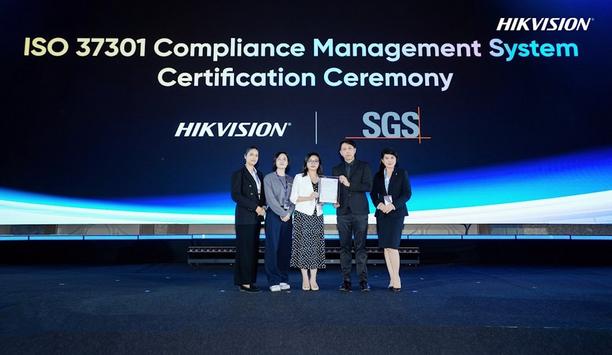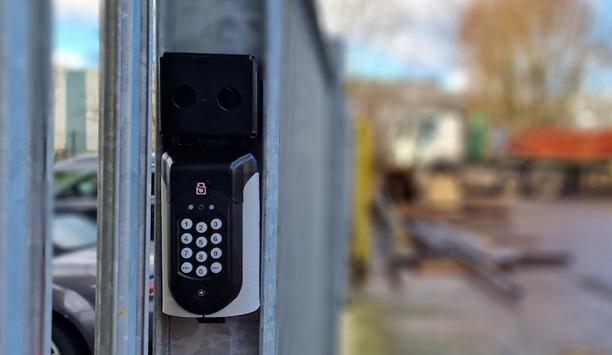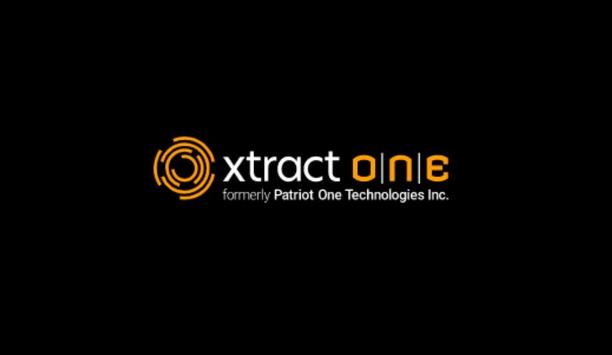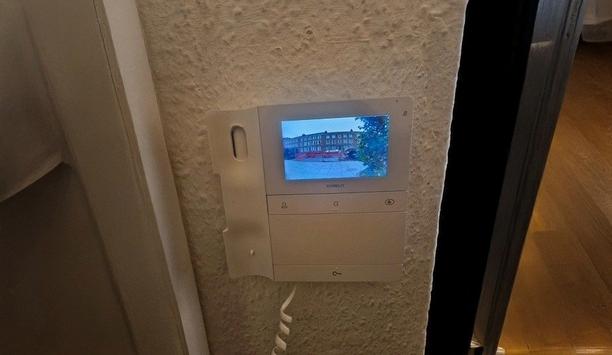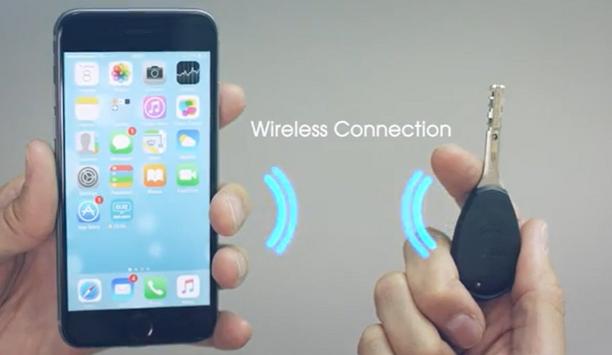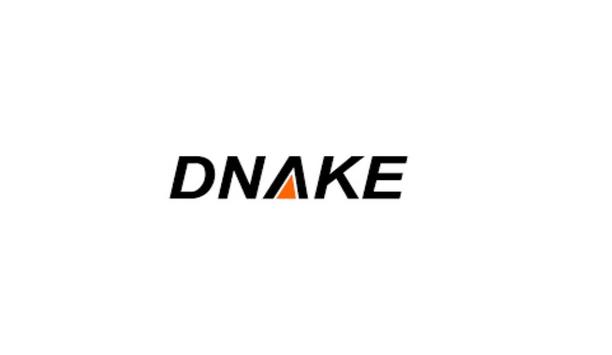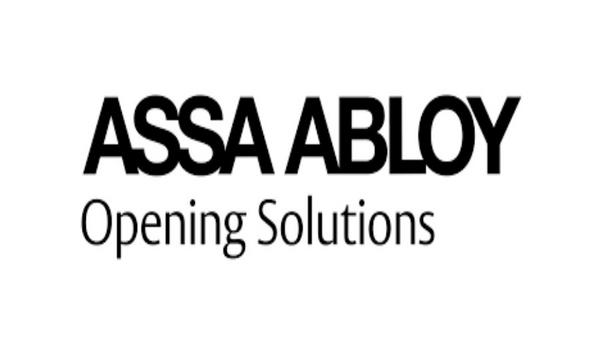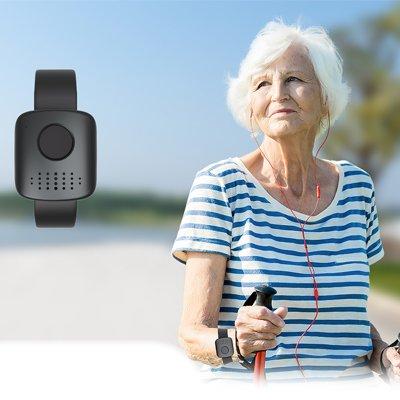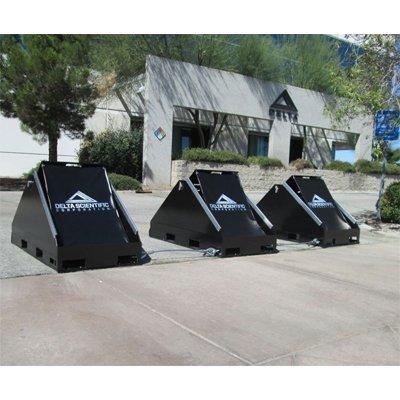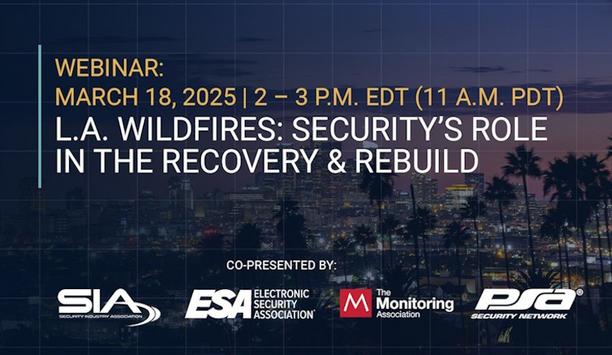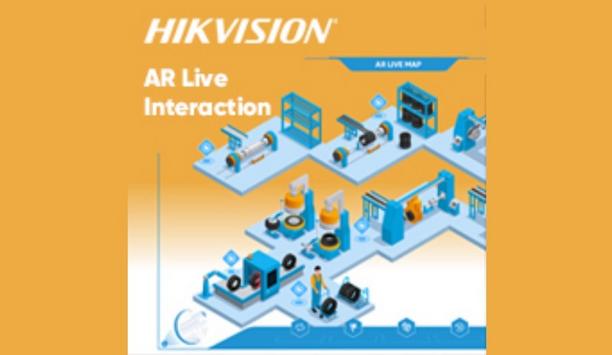Security systems integrators (1,395 found)
Johnson Controls is a global diversified technology and industrial leader serving customers in more than 150 countries.
March Networks® helps enterprises of every size improve their security and competitive advantage with practical and innovative solutions for video surveillance and business intelligence. March Networks' solutions are scalable for the evolving needs of even the largest organizations, proven over decades in the most challenging environments and pragmatic in leveraging technological innovation to deliver concrete business value. Our customers use our solutions to integrate video with POS and other data, to gain breakthrough business insights. We are leading the global tranformation of enterprise video to the cloud, but we help our customers make that move intelligently and cost-effectively as their core business needs demand and as their bandwidth availability across locations allows. March Networks serves more than 600 financial institutions and more than 300 retailers, in addition to hundreds of other commercial and industrial customers, and we have more than 300 employees around the world.
Tyco International Access Control & Video Systems is one of the world's leading suppliers of integrated security management solutions. Our portfolio of electronic security solutions under the world renowned American Dynamics, Sensormatic, Software House and Kantech brands is used by all markets to secure people, products and premises throughout the whole logistics chain. Our comprehensive range of digital and networked CCTV, Access Control, Electronic Tagging products is supported by solid research and development, world class service, technical support and training. Tyco International Access Control & Video Systems is represented throughout Europe, Middle East and Africa by both internal Tyco sales organizations plus an extensive network of distributors, integrators and installers.
Trusted by over 100,000 businesses and millions of consumers, 1Password offers industry-pioneering identity security solutions to reduce risk for companies and provide people with peace of mind. 1Password is on a mission to ease the tension between security and convenience, with solutions that enable powerful password management, secrets management for developers, as well as the future of authentication with passkeys.
2N, is an Axis Communications company, renowned globally for providing IP intercom and access control solutions. Their product portfolio includes door & security intercoms, IP public address systems, a wide range of GSM/UMTS gateways and PBXs, focusing on SME, LME, architects, planners, system integrators and operators.
360 Privacy, a pioneer in digital executive protection solutions, provides the essential security layer that bridges the gap between cybersecurity and physical security, protecting organizations, executives, and high-net-worth individuals.
3D Datacom is a full service datacom/security Integrator with offices across the United State. The company specializes in the technology, education, health care, and government sectors. 3D Datacom offers services such as , voice & data network cabling, fiber optics, solar power and design build.
3D Security, Inc. has been a supplier of home, business, and industrial security systems in the East Texas area for nearly 30 years.
3dEYE Inc. is a Canadian hi-tech company that provides best-in-class AWS-grade secure, reliable (99.999999999%) cloud video surveillance service for the monitoring industry. 3dEYE resolves hardware dependency and costly false alarm challenges. 3dEYE manages the cloud technology while system integrators retain their brand and direct relationships with clients.
3GC Group is a transformational Managed Services provider, IT operations consultancy, and infrastructure design and implementor, orchestrated by former CxOs. As technology operations continue to evolve, the need for companies to go digital increases. Empower IT pioneers to stay on top of these dramatic advancements.
3VR is the global leader in Intelligent Surveillance and Search (ISS)—a faster, more reliable, and less expensive way to fight crime, ensure people’s safety, and improve business efficiency. 3VR is the originator of search-based video surveillance and is the security standard for hundreds of global customers, including leading financial institutions, retailers, and governments and critical infrastructure.
A-LIGN is a technology-enabled security and compliance partner that helps global organizations take a strategic approach to confidently mitigate cybersecurity risks. Their breadth and depth of expertise and A-SCEND, their proprietary compliance management platform, enables their clients to assess against the leading cybersecurity compliance frameworks important to their business.
Based out of the Spokane Valley, A-TEC specializes in providing integrated security solutions with today's leading technologies in digital video surveillance and electronic access control. A-TEC's installation professionals stand out among the rest due to the company's commitment to continued manufacturer training and certification.
Incorporated in 1990, AC Technical Systems Ltd. is a state of the art system integrator which focuses on the full spectrum and operation of IT network infrastructure and system development as well as installation and service to enable effective operation. The company provides support to customers across Canada with technologies including access control, CCTV, IP based video, Perimeter intrusion detection & duress systems.
A&B Security Group is well established and experienced with 25 years servicing Las Vegas. With the full range of security and protection systems at their disposal, A&B Security Group is truly a one-stop security company for any business or residential need. The company offers access control, alarm systems, locksmithing systems.
A+ Technology & Security Solutions, Inc. is the provider-of-choice for customers seeking integrated, state-of-the-art technology, including a wide range of security, IT infrastructure and audio/video solutions. Their solutions and services are employed by customers across many industries, including K-12, higher education, commercial and industrial, governments and municipalities, healthcare and transportation.
AAEON is the designer and manufacturer of advanced industrial and embedded computing platforms today. Committed to innovative engineering, AAEON provides Industry 4.0 integrated solutions, hardware and intelligent automated services for premier OEM/ODMs and system integrators worldwide, as well as IoT solution platforms that seamlessly consolidate virtual and physical networks.
Abacode is a Managed Security Services Provider (MSSP). The cyber security compliance and services company helps businesses consolidate all of their Regulatory Compliance & Cyber Security needs, under one roof. They offer 24/7 Network Monitoring & Remediation, Cyber Security Consulting Services, Incident Response Planning, Digital Forensics, IoT Device Monitoring, IoT Device Analysis, Artificial Intelligence, Cyber Security Products and Services.
For more than 75 years, ABC has been balancing traditional skills with up-to-the-minute knowledge of industry technology and practices to provide the best physical security and access control solution for each customer. ABC offers a full range of security products and services in a number of sectors such as retail, commercial, government, institutional and residential.
ABCO Security provides home and business security services. The services offered by the company includes wireless monitoring, alert system, installation, automation system, access control, smoke and fire detection and more.
ABF Security is a locally owned and operated systems integrator in St. Louis. They have been serving residential and commercial customers throughout the area since 1978. They also provide professional installation by ABF certified technicians, quality service, and maintenance follow-up. ABF does it all - design, installation, service, and monitoring.
Able Device is a provider of technology for Mobile Network Operators (MNOs) and IoT service providers. Its flagship product SIMbae (short for "SIM based application engine") enables hosting of IoT device controls and applications on standard SIM cards. They also provide data and network security solutions for enterprises.
ABS Technology offers expertise in Structured Cabling, Networking, Collaboration, Standard Hardware + Software, Cloud + Data Center, Managed Services, Security, Staffing + Recruiting and LifeCycle Services.
Absco Solutions is engaged in the design, integration, installation and maintenance of a wide variety of fire and security systems, including access control, intrusion detection, video surveillance solutions. They also offer consulting services, integration and IT services, UL Listed central station monitoring for fire and security alarms, and UUFX UL Certification for fire alarm systems.
Absolute Protection Team, Inc are pioneers in residential and business security solutions. They provide a wide range of security cameras, intercom systems, remote surveillance, access control and digital video security solutions for commercial and residential applications.
Acante empowers modern data teams with the most comprehensive data security observability and multi-platform data access privilege management solution for their data lake and warehouse environments.
Browse security companies
Featured events

Technology Summit International 2025
- 9 - 11 Dec, 2025
- Irving, United States of America (USA)

Gartner IT Infrastructure, Operations & Cloud Strategies Conference 2025
- 9 - 11 Dec, 2025
- Las Vegas, United States of America (USA)

G2E Philippines 2025
- 10 - 11 Dec, 2025
- Manila, Philippines

IFSEC India 2025
- 11 - 13 Dec, 2025
- New Delhi, India

Intersec Dubai 2026
- 12 - 14 Jan, 2026
- Dubai, United Arab Emirates

DIMDEX 2026
- 19 - 22 Jan, 2026
- Doha, Qatar
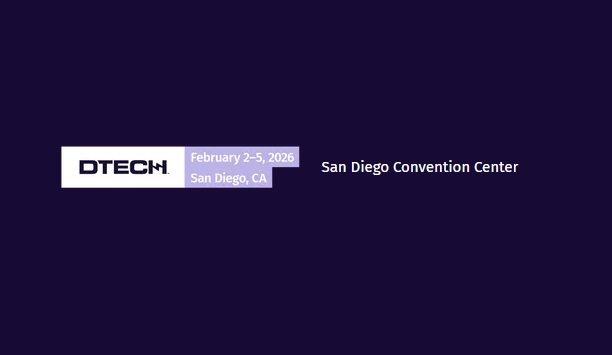
DISTRIBUTECH International 2026
- 2 - 5 Feb, 2026
- San Diego, United States of America (USA)

Munich Security Conference (MSC) 2026
- 14 - 16 Feb, 2026
- Munich, Germany

NDSS Symposium 2026
- 23 - 27 Feb, 2026
- San Diego, United States of America (USA)
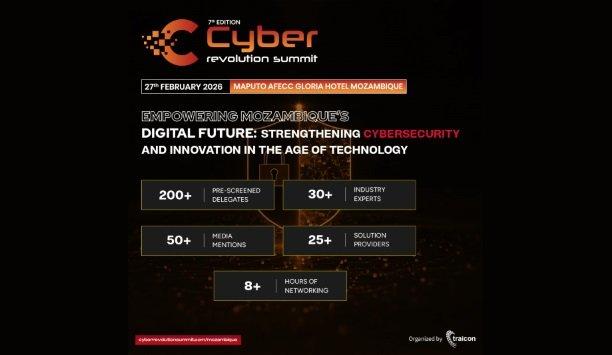
Cyber Revolution Summit – Mozambique 2026
- 27 - 27 Feb, 2026
- Maputo, Mozambique

Mobile World Congress GSMA 2026
- 2 - 5 Mar, 2026
- Barcelona, Spain
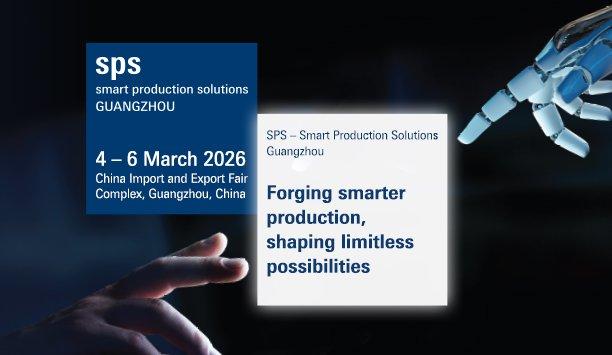
Smart Production Solutions (SPS) Guangzhou 2026
- 4 - 6 Mar, 2026
- Guangzhou, China
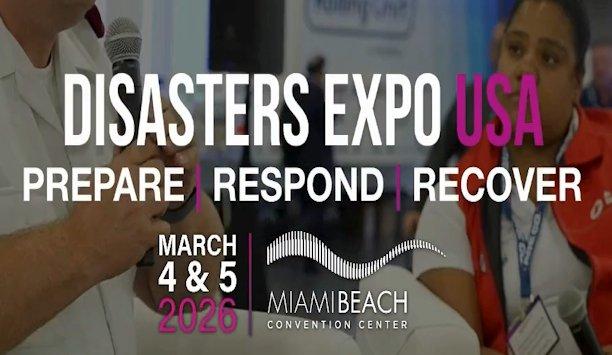
Disasters Expo USA 2026
- 4 - 5 Mar, 2026
- Miami, United States of America (USA)
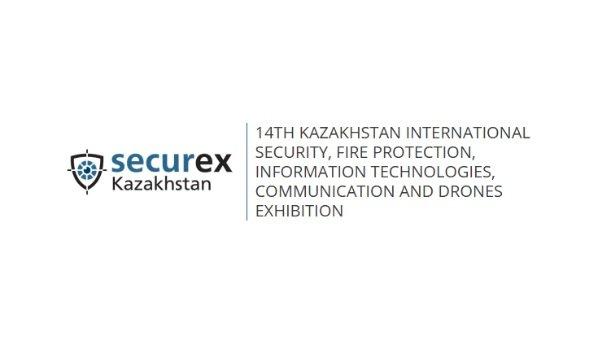
Securex Kazakhstan 2026
- 11 - 13 Mar, 2026
- Almaty, Kazakhstan

SECON & eGISEC 2026
- 18 - 20 Mar, 2026
- Gyeonggi-do, Korea (South)
The Key To Unlocking K12 School Safety Grants
DownloadHoneywell GARD USB Threat Report 2024
DownloadPhysical Access Control
DownloadThe 2024 State Of Physical Access Trend Report
DownloadThe Security Challenges Of Data Centers
DownloadCLIQ Connect
DNAKE Access Control Terminals: Minimalist Design, Maximum Security!
Unlock the Future with Abloy Pulse: Keyless, Energy-Efficient Security Systems




















